
OR
Painter-caste Nepal couple tries saving dying art
Published On: August 28, 2019 04:50 PM NPT By: Associated Press
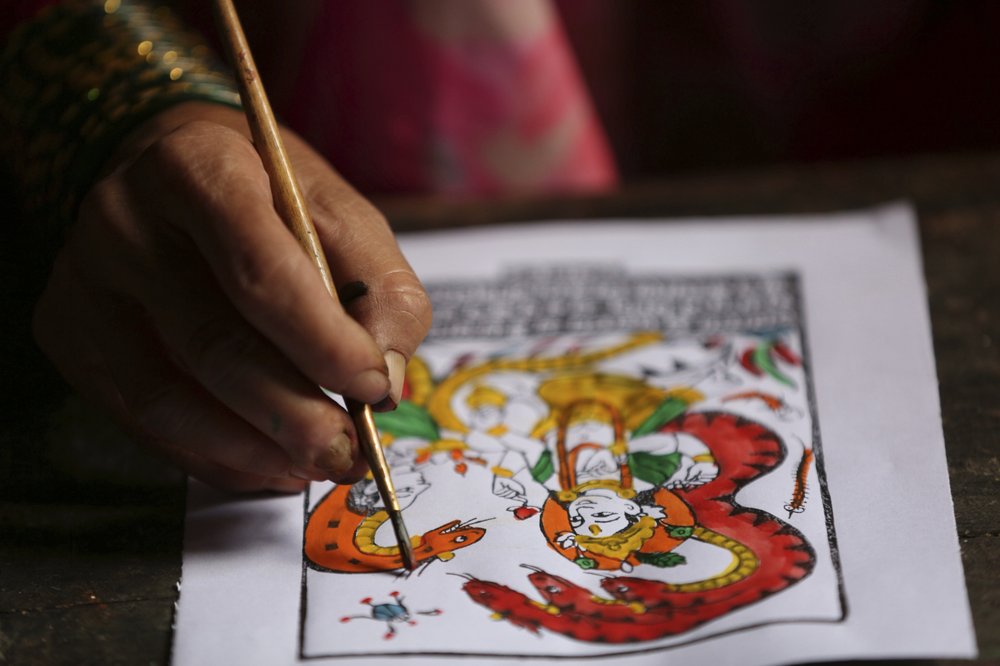
KATHMANDU, Aug 28: Chitrakar families in the Nepalese capital of Kathmandu were renowned traditional painters and sculptors who depicted gods and goddesses on temples, masks of Hindu deities and posters for various religious celebrations.
The art and tradition, however, is dying because of mass machine printed posters and card-size pictures of gods that are cheaper and more popular. There are just 10 or fewer families now painting in this style, which is denoted by its vivid palette of plant-based paints. New generations of Chitrakars are going into other professions, or leaving Nepal for work or education abroad.
For Chitrakar couple Tej Kumari and Purna, who have been following the tradition at their home in Bhaktapur, a suburb of Kathmandu, it is a struggle to keep the dying art alive against the modern mass produced prints.
The Chitrakars were given their title, which became their family name, by 14th century King Jayasthiti Malla. Malla classified the Newar ethnic group of Kathmandu under a caste system according to occupations passed down from generation to generation, with different families taking on roles as priests, artisans, fishermen, cleaners, farmers, traders and many more. With this, higher and lower castes were also formed.
Nepal history and culture expert Satya Mohan Joshi said there were positive and negative aspects of this system back then.
“The bad thing was it created a basis for discrimination. The good thing was it created expertise in each sector,” he said, allowing the Chitrakar’s distinct painting style to continue and flourish.
“Even if the painter’s son, a Chitrakar, wanted to do the coppersmith job of a Tamrakar, they weren’t able to,” he said, referring to another Hindu ethnic group. “It is still the same now. But passing these skills on to people from different castes and backgrounds who want to learn the craft could save these traditions.”
Tej Kumari and Purna learned how to paint in the Chitrakar style from their fathers and grandfathers, knowledge passed down over generations. However, they are not sure if the next generation will continue the tradition. Their two sons work in business but their third son is showing some interest in learning the trade.
While painting snake gods for the Hindu festival of Naag Pancahami, Tej Kumari recalls days when she would make thousands of posters for people to paste on their doors in August. This year she made only about 50.
She said machine printed ones have gained popularity, leading to a drastic reduction in the number of customers. Many of the older generation who appreciated the art form have died.
“It is a craft I have known and practiced for ages,” she said. “If anyone in Nepal would like to learn it and keep the culture alive, I would happily teach them.”
You May Like This
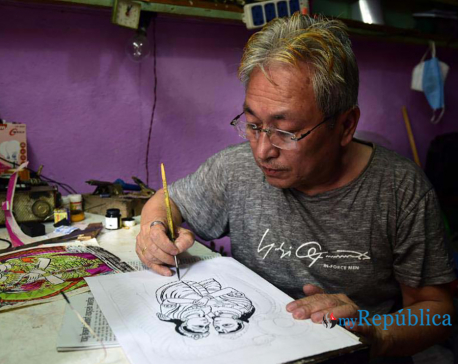
PHOTOS: Dhanraj still draws Naag posters though printed impressions rule market
KATHMANDU, July 24: Dhanraj Chitrakar started drawing serpentine deities from the age of 14. It has been over five decades... Read More...

A taste of tradition at Kathmandu Art Fair
The Kathmandu Art Fair; Art for Society has kicked off from March 3 at Rastriya Nachaghar, Jamal. A total of... Read More...
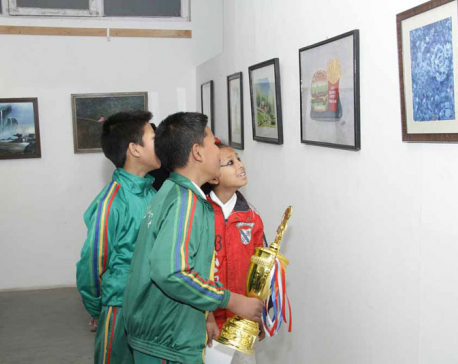
Alfesco Open Art Exhibition begins at Nepal Art Council
KATHMANDU, Feb 14: Alfresco Media and Event organized ‘Alfresco Open Art Exhibition and Competition 2017’ for pre-primary level to college level... Read More...



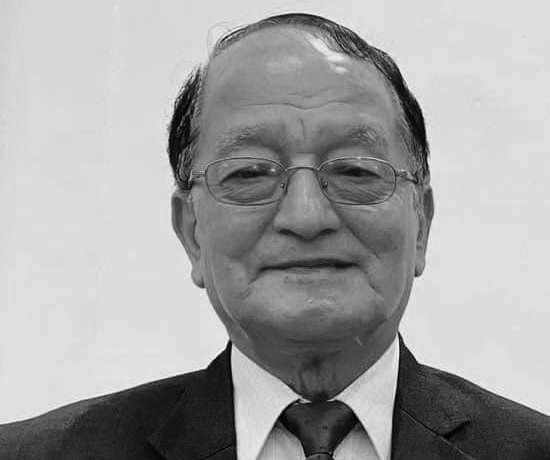
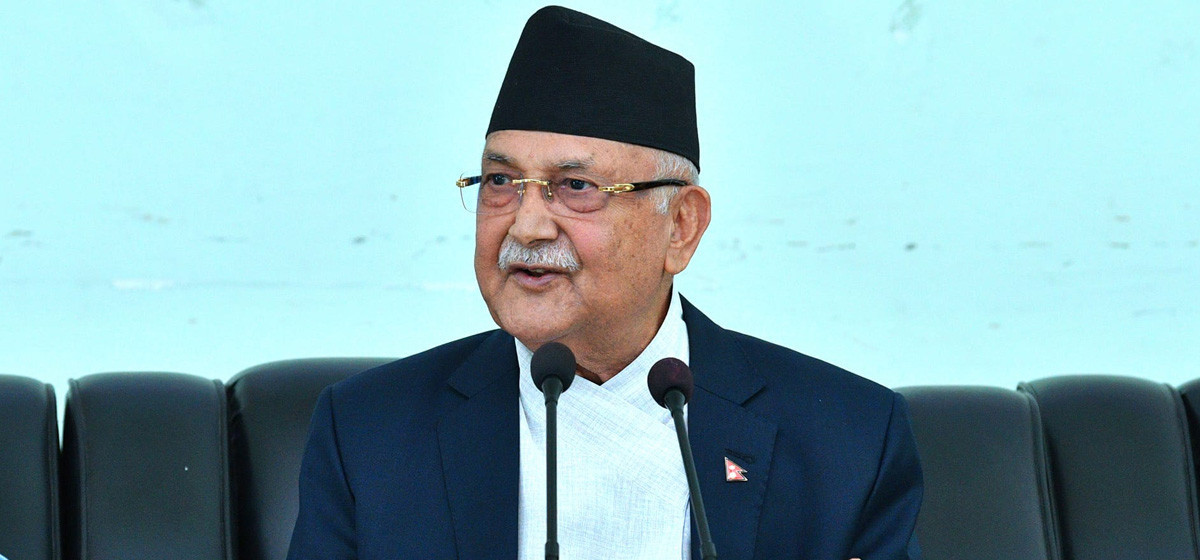
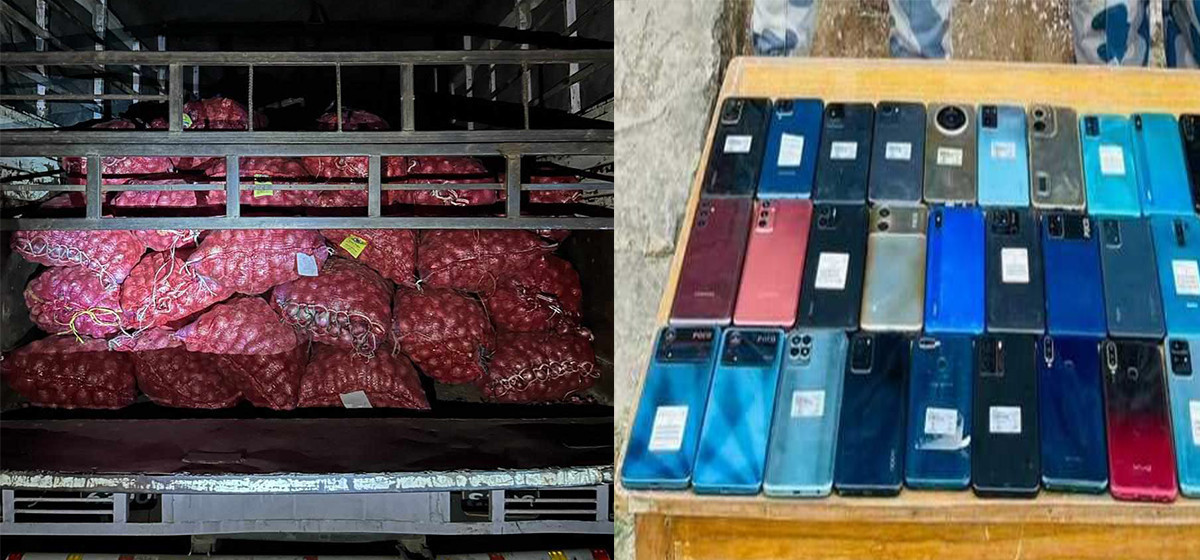
Just In
- Former chief secretary Shakya passes away
- UML Chair Oli appeals vote for Nembang
- APF seizes illegally imported 152 sacks of onions and 32 units of mobile phones from Dhansuha
- 80 civil servants left in the lurch as MoFAGA places them in reserve pool
- Weather Alert: Storm likely in Lumbini and Sudurpaschim
- NOC investing Rs 3 billion to construct fuel storage plants of over 9,000 kl capacities in Bhairahawa
- Reflecting on a festive journey filled with memories and growth
- Dalit sexual and gender minorities lack representation within their own communities and groups






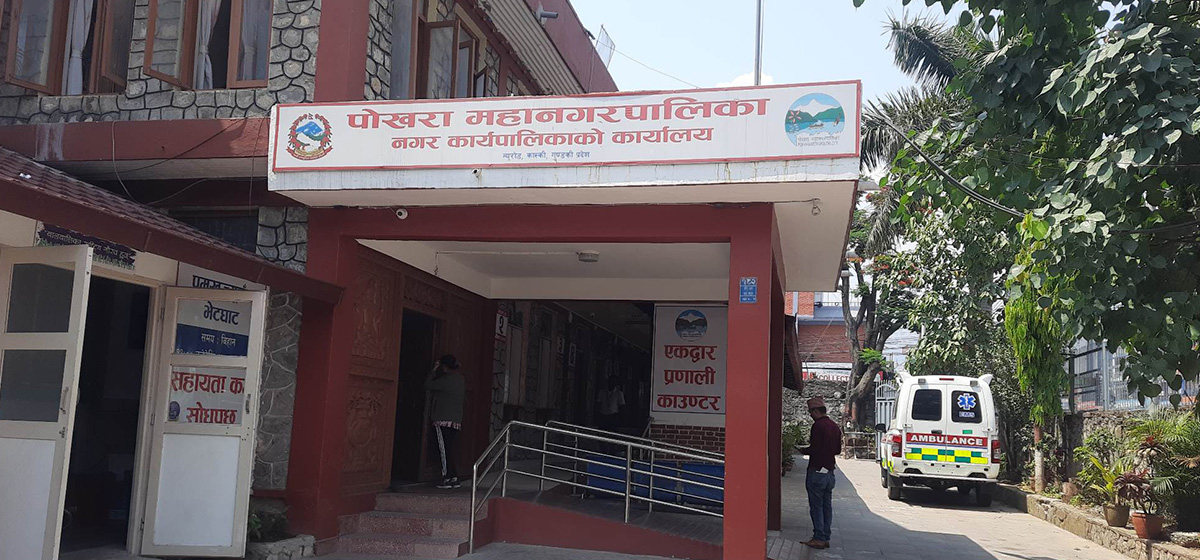
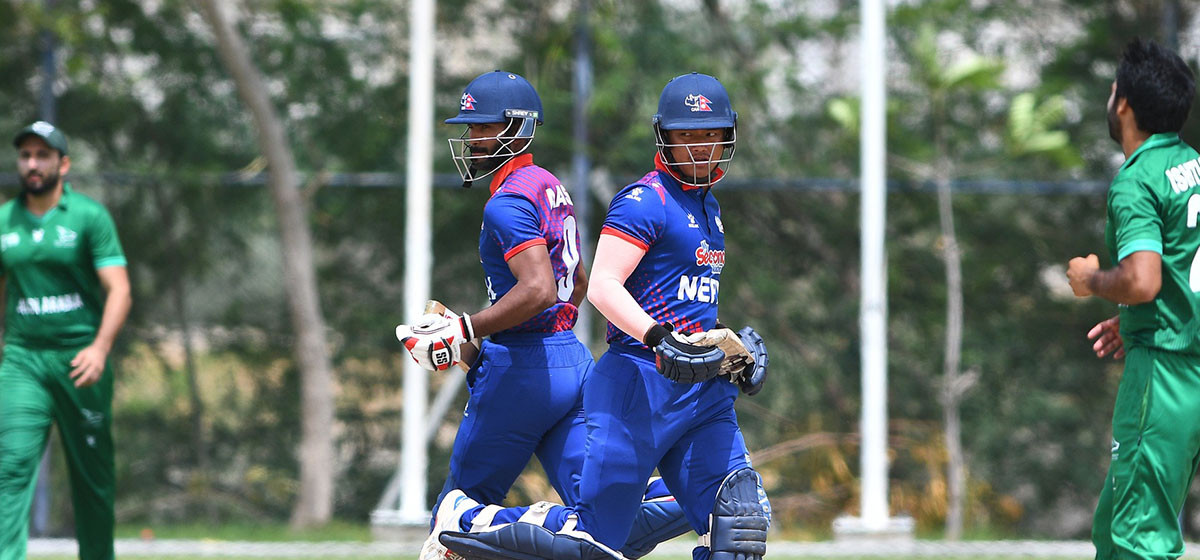
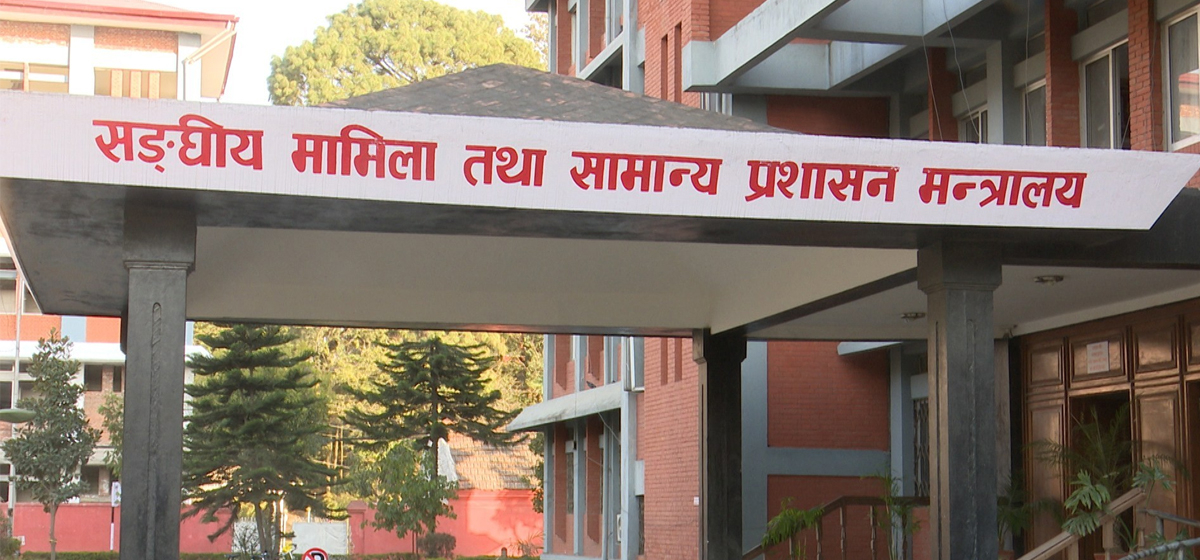



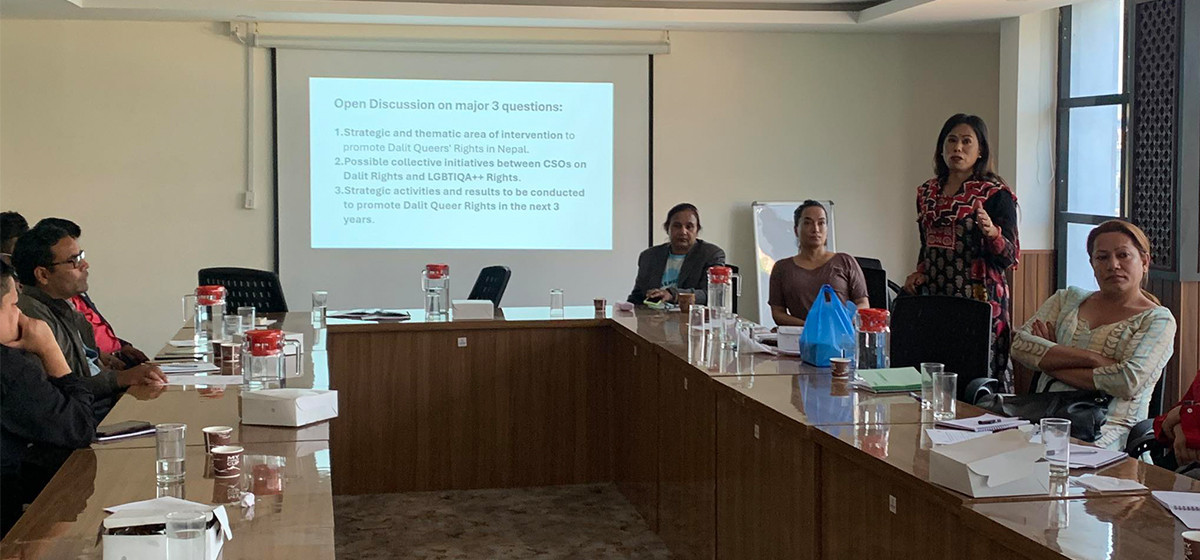
Leave A Comment